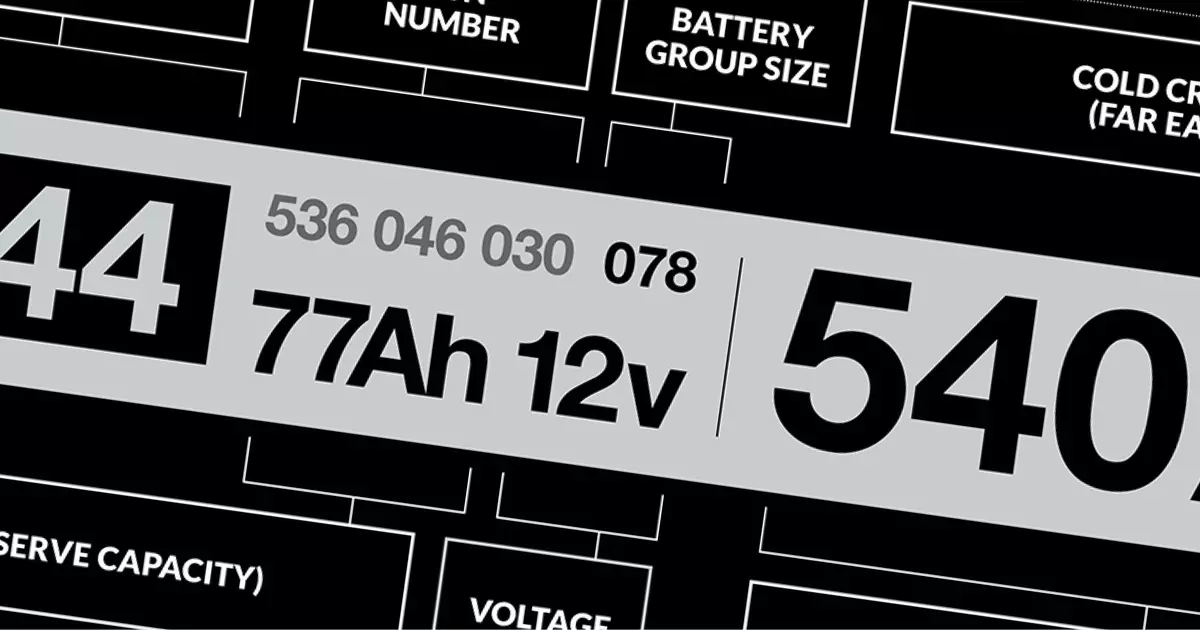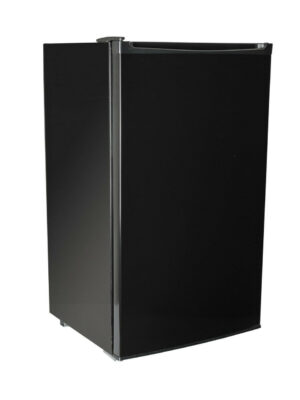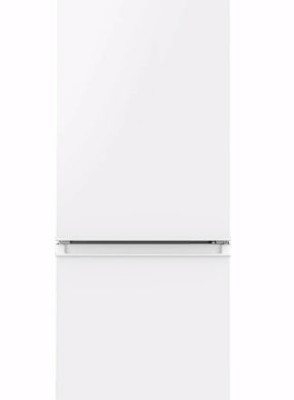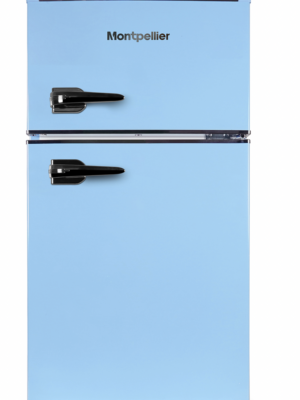Portable 12-volt fridges have become an essential companion for camping trips, road journeys, and off-grid adventures. They ensure that your food and beverages remain cold, no matter where you are. However, it’s crucial to understand the power consumption of your 12V fridge to ensure that you have sufficient battery capacity and power supply. In this blog post, we will explore how many amp-hours a 12V fridge typically uses and the factors that influence its power consumption.
What are amp hours?
Before we dive into the specifics of 12V fridges, let’s clarify what amp-hours (Ah) mean. Amp-hours are a unit of measurement that quantifies the electric charge a battery can deliver over a specific period. It’s a crucial metric to understand when dealing with battery-powered devices, such as portable fridges.
In simple terms, if your fridge uses 1 amp-hour of power per hour of operation, a 100Ah battery can theoretically power the fridge for 100 hours continuously before it’s depleted. However, several factors can influence the actual power consumption.
Factors Influencing 12V Fridge Power Consumption
The power consumption of a 12V fridge can vary based on several factors:
Fridge Type and Efficiency: The type of compressor and the overall design of the fridge greatly affect power consumption. Some fridges are more energy-efficient than others, so it’s essential to choose a model that suits your needs.
Temperature Setting: The temperature at which you set your fridge can significantly impact power usage. Lower temperatures require the fridge to work harder and, consequently, use more power.
Ambient Temperature: The surrounding environment plays a role in how hard the fridge has to work. If it’s extremely hot, the fridge will consume more power to maintain the desired internal temperature.
Frequency of Door Opening: Every time you open the fridge door, warm air enters, and the fridge must compensate by cooling the contents. Frequent door openings can increase power consumption.
Fridge Size and Insulation: Smaller fridges generally use less power than larger ones. Additionally, well-insulated fridges are more efficient, as they retain cold air better.
Typical Power Consumption of 12V Fridges
On average, a 12V fridge can consume anywhere from 1 to 5 amp-hours per hour of operation. However, these numbers can vary. Let’s break it down:
1-2 Amp-Hours per Hour: Highly efficient and well-insulated 12V fridges, especially those with advanced compressor technology, may use as little as 1-2 amp-hours per hour in moderate ambient temperatures. These fridges are ideal for energy-conscious campers.
2-3 Amp-Hours per Hour: Most mid-range 12V fridges fall into this category. They are relatively efficient and work well in various environments. Expect them to consume around 2-3 amp-hours per hour.
3-5 Amp-Hours per Hour: Less efficient or older 12V fridge models may fall into this range, especially when operating in hot climates or with frequent door openings. These fridges are still functional but may require larger battery banks or solar panels for extended use.
Calculating Your 12V Fridge's Daily Power Consumption
To estimate the daily power consumption of your 12V fridge, you’ll need to consider how many hours it runs each day and at what amp-hour rate. Here’s a simple formula:
Daily Power Consumption (Ah) = Hourly Amp-Hour Rate x Hours of Operation
For example, if your fridge uses 2.5 amp-hours per hour and runs for 24 hours, the daily power consumption would be:
2.5 Ah/hour x 24 hours = 60 Ah
This means that your 12V fridge would consume 60 amp-hours over a 24-hour period. Keep in mind that this is just an estimate, and actual consumption may vary based on the factors mentioned earlier.
Choosing the Right Battery Capacity
Now that you have an idea of your 12V fridge’s power consumption, you can determine the appropriate battery capacity for your setup. Here are some considerations:
Battery Size: Ensure your battery capacity is sufficient to power the fridge for your desired duration. If you have other devices to power, like lights or chargers, factor in their consumption as well.
Recharge Frequency: Consider how often you’ll have the opportunity to recharge your battery. If you’ll be off-grid for several days, a larger battery bank or a secondary power source, like solar panels, may be necessary.
Energy Reserve: It’s wise to have extra capacity in your battery to account for unexpected situations, cloudy days (if you’re using solar), or increased power usage.
Battery Type: The type of battery you choose also matters. Deep-cycle batteries are commonly used for this purpose because they can be discharged and recharged repeatedly without damaging the battery.
Understanding how many amp-hours a 12V fridge uses is vital for planning your outdoor adventures and ensuring you have enough power to keep your perishables cool. While 12V fridges are generally efficient, their power consumption can vary based on several factors, so it’s essential to consider these variables when selecting your fridge and battery setup.
By making informed choices and carefully calculating your power needs, you can enjoy the convenience of a 12V fridge while keeping your adventures cool and stress-free.





